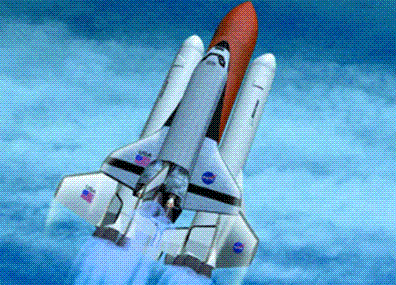NASA predicts that its Space Shuttle could still be flying up to 2030 unless the US Government helps to fund new reusable launch vehicle projects.

The Space Shuttle programme's four orbiters are a quarter of the way through their lifetimes, says Richard Stephens, vice-president and general manager of Boeing's reusable space systems division. Through continued upgrades, earmarked until 2015, the orbiters will be able to sustain their flight rate, he adds. Future improvements include advanced avionics, auxiliary power units, damage-resistant thermal protection systems and integrated health monitoring systems.
The Space Shuttle has already undergone improvements, including the installation of a glass cockpit in the Atlantis. Other orbiters will be similarly equipped.
One of the major upgrades to the Space Shuttle involves liquid flyback boosters to replace solid rocket strap-on boosters. This programme is in the initial design stage. Boeing has been contracted to assess the new boosters, which would be safer, more reliable, less expensive and better performers, compared with existing boosters. Liquid boosters could save NASA nearly $500 million a year.
NASA has selected the 8th and 9th missions for its Discovery programme, including the first craft to explore Mercury since 1974. The Mercury Surface, Space Environment, Geochemistry and Ranging mission will be launched in 2004.
The Deep Impact mission, also scheduled for 2004, will send a 500kg (1,100lb) copper projectile into the comet P/Tempel 1 to create a crater and send out debris, which will be observed by the spacecraft and from earth.
Source: Flight International























